
-
Find the right food for your petTake this quiz to see which food may be the best for your furry friend.Find the right food for your petTake this quiz to see which food may be the best for your furry friend.Health CategoryFeatured products
 Adult Salmon & Brown Rice Recipe Dog Food
Adult Salmon & Brown Rice Recipe Dog FoodSupports lean muscle and beautiful coat for adult dogs
Shop Now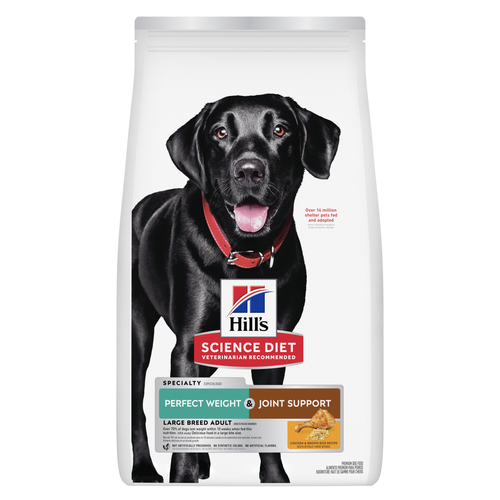 Perfect Weight & Joint Support Large Breed Chicken & Brown Rice Recipe Dog Food
Perfect Weight & Joint Support Large Breed Chicken & Brown Rice Recipe Dog FoodThis weight management and mobility support dog food was created with Hill’s unique understanding of the biology of overweight dogs
Shop Now Adult 7+ Healthy Cuisine Roasted Chicken, Carrots & Spinach Stew Dog Food
Adult 7+ Healthy Cuisine Roasted Chicken, Carrots & Spinach Stew Dog FoodDelicious roasted chicken paired with tender vegetables in a succulent stew
Shop NowFeatured products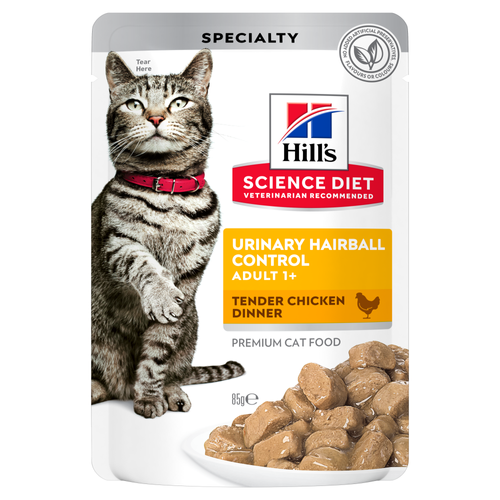 Adult Urinary Hairball Control Tender Chicken Dinner Cat Food
Adult Urinary Hairball Control Tender Chicken Dinner Cat FoodPrecisely balanced nutrition to support urinary health from kidney to bladder. With natural fibre technology to help reduce hairballs.
Shop Now Adult Salmon & Brown Rice Recipe Cat Food
Adult Salmon & Brown Rice Recipe Cat FoodSupports lean muscle and beautiful fur for adult cats
Shop Now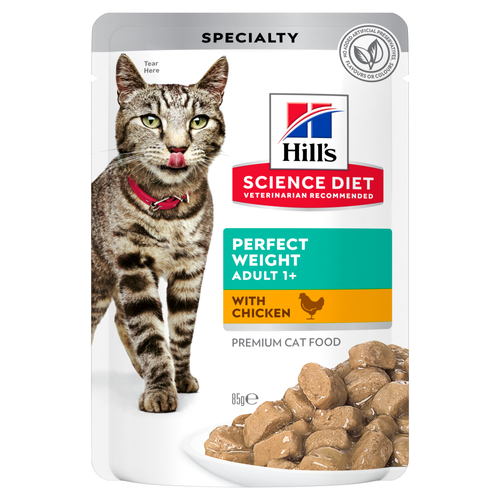 Adult Perfect Weight with Chicken Cat Food
Adult Perfect Weight with Chicken Cat FoodBreakthrough nutrition for your cat’s healthy weight maintenance and long-lasting weight support
Shop Now -
DogCat
- Cat Tips & Articles
-
Health Category
- Weight
- Skin & Food Sensitivities
- Urinary
- Digestive
- Kidney
- Dental
- Serious Illness
-
Life Stage
- Kitten Nutrition
- Adult Nutrition
Featured articles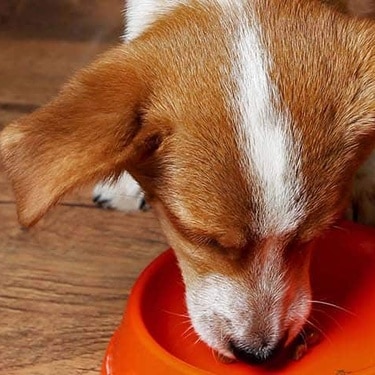 The Right Diet For Your Pet
The Right Diet For Your PetLearn what to look for in healthy pet food & nutrition, including ingredients, quality of the manufacturer, your pet's age, and any special needs they have.
Read More Pet Food Storage Tips
Pet Food Storage TipsWhere you store your cat and dog food can make a big difference in the quality and freshness once it is opened. Here are some common questions and recommendations for optimal storage for all of Hill’s dry and canned cat and dog food.
Read More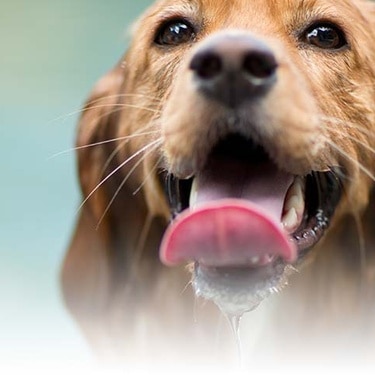 Water
WaterWater is the most important nutrient of all and essential for life. Animals can lose almost all their fat and half their protein and still survive, but if they lose 15% of their water, it will mean death.
Read More -


The look and feel of a lustrous hair coat is one of the joys of sharing your life with a dog. Many of us judge our pet's health by a shiny coat, so it's no surprise that skin and coat concerns are the most common reasons for veterinary exams.1 When skin or coat problems occur, the pet parent is often advised to add a supplement containing omega-6 and omega-3 fatty acids to the pet's daily regimen. But in many cases, a simple food change may be the answer.
The Roles of Omega-6 and Omega-3
Both omega-6 and omega-3 fatty acids help maintain healthy skin, promote a strong immune system, and play a role in cell growth. If a dog is not getting enough of these essential fatty acids, the classic signs of deficiency may appear, including:
- dry, flaky skin
- dull coat
- dermatitis
- hair loss
The appropriate amounts of omega-6 and/or omega-3 fatty acids may benefit dogs with skin, coat or certain other problems. This can be accomplished by feeding foods rich in essential fatty acids, by adding fatty acid supplements, or both.2 The most convenient and economical solution is to feed a pet food rich in essential fatty acids.
Key points
- Skin and hair coat problems are the most common reasons for veterinary exams1
- Omega-6 and omega-3 fatty acids are vital for skin and coat health
- Hill's Science Diet Adult Advanced Fitness Original Canine pet food is a rich source of essential fatty acids
More Than Supplements


Tasty Tips
There's a very simple way to provide dogs the fatty acids they need for a healthy skin and coat — feed Hill's Science Diet Adult Advanced Fitness Original Canine pet food. Advanced Fitness is a rich source of omega-6 and omega-3 fatty acids. In fact it would take 14 capsules of a typical fatty acid supplement to equal the essential fatty acids in a bowl of Advanced Fitness.3
Eliminate the Hassles
None of us looks forward to the prospect of giving our pet a pill or unnecessary supplements. In some cases, fatty acid supplementation may prove beneficial for dogs with chronic or severe diseases. But for the normal, healthy dog, the cost and hassle of supplementing fatty acids isn't necessary. Simply feed a food that's rich in essential fatty acids — Science Diet Adult Advanced Fitness Original Canine pet food.
1 Roudebush P, Schoenherr WD. Skin and Hair Disorders. In: Hand MS, Thatcher CD, Remillard RL, et al., eds. Small Animal Clinical Nutrition, 5th ed. Topeka, KS: Mark Morris Institute; 2010:637.
2 Scott DW, Miller DH, Griffi n CE. Muller & Kirk's Small Animal Dermatology, 6th ed. Philadelphia, PA: W.B. Saunders Co; 2001:367.
3 Vetri-Science Omega-3,6,9. Vetri-Science Laboratories Website. http://www.vetriscience.com. Accessed June 16, 2010.
Related products

This weight management and mobility support dog food was created with Hill’s unique understanding of the biology of overweight dogs

Supports lean muscle and beautiful coat for adult dogs

Gentle on stomachs while nourishing skin & supporting development in growing puppies

Delicious roasted chicken paired with tender vegetables in a succulent stew
Related articles

Learn what you can feed your pregnant or nursing dog to keep her and her new pups healthy.

Selecting the right food for your puppy is a key to quality nutrition and a long, healthy life., Learn more about how to select the right puppy food.

Though it may seem like your four-legged friend loves nothing more than to nap on the couch, dogs need regular exercise to stay healthy just like people do.

A dog with a sensitive stomach has special needs. Learn more about sensitive stomach symptoms in your dog, what you can do to help sooth your pet’s insides and get recommendations on sensitive stomach dog food.

Put your dog on a diet without them knowing
Our low calorie formula helps you control your dog's weight. It's packed with high-quality protein for building lean muscles, and made with purposeful ingredients for a flavorful, nutritious meal. Clinically proven antioxidants, Vitamin C+E, help promote a healthy immune system.
Put your dog on a diet without them knowing
Our low calorie formula helps you control your dog's weight. It's packed with high-quality protein for building lean muscles, and made with purposeful ingredients for a flavorful, nutritious meal. Clinically proven antioxidants, Vitamin C+E, help promote a healthy immune system.


